Table of Contents
Imagine a world where creators, developers, and studios have unlimited access to GPU power, without needing to invest in expensive hardware or deal with centralized bottlenecks. That’s the promise of the Render Network. This groundbreaking project is building a decentralized cloud that turns idle GPU capacity into a global supercomputer for rendering, AI model training, and more. In this deep dive, we’ll unpack what makes Render Network revolutionary, how it works, and why it’s becoming a cornerstone of the future digital economy.
What Is Render Network?
Render Network is a decentralized platform that connects people who need GPU power with those who have it. It allows artists, developers, and studios to outsource their heavy computational tasks—like 3D rendering, motion graphics, and AI processing—to a distributed network of GPU providers. In return, GPU providers are rewarded with RNDR tokens, the native currency of the network.
Think of it like Airbnb for GPUs: instead of renting a room, you’re renting processing power. Render Network transforms idle or underused GPUs into productive assets, making high-performance computing accessible and affordable.
Why It Matters: Solving the GPU Bottleneck
The demand for GPU power is exploding. From AI training and machine learning to 3D graphics and film production, today’s digital experiences are more compute-intensive than ever. Centralized services like AWS or Google Cloud are powerful but costly, often pricing out smaller creators and studios.
Render Network solves this by tapping into the vast supply of underutilized GPUs around the world. Whether it’s a gamer’s high-end graphics card sitting idle during the day or a data center’s surplus capacity, the network efficiently redistributes this power to where it’s needed most.
How It Works: Behind the Scenes of Render Network
Here’s a simplified breakdown of the Render Network workflow:
- Job Submission: A creator submits a rendering job, specifying the task details and desired quality.
- Pricing and Allocation: The network uses a tiered pricing system to allocate jobs to appropriate GPU nodes based on factors like urgency and hardware capability.
- Proof-of-Render: Once the job is completed, a verification process confirms the render is accurate before payment is released.
- Payment and Rewards: GPU providers are compensated in RNDR tokens for their work.
This process is secured and recorded on the blockchain, ensuring transparency and fairness for all participants.
The RNDR Token: Fueling the Ecosystem
The RNDR token isn’t just a payment method—it’s the economic engine behind the entire platform. It enables seamless, global transactions and incentivizes quality work. Here’s what it does:
- Payments: Creators pay for rendering services using RNDR.
- Rewards: Node operators earn RNDR for successfully completing render jobs.
- Governance: Token holders can vote on Render Network Proposals (RNPs), shaping the future of the platform.
A key feature is the network’s burn mechanism. A portion of the RNDR tokens used for job payments is permanently destroyed, reducing supply over time and aligning long-term incentives.
Tokenomics: Balanced and Transparent
Render Network has built a tokenomic model designed for sustainability and growth. Here are the fundamentals:
- Max Supply: Approximately 536 million RNDR
- Circulating Supply: Roughly 366 million RNDR
- Allocation:
- 40% to development and engineering
- 25% to growth initiatives
- 20% to operational needs
- 10% reserved for future use
- 5% genesis allocation
This structure promotes healthy distribution, rewards participation, and avoids excessive inflation.
Real-World Applications Across Industries
Render Network is not a niche tool. Its flexibility and scalability make it useful across multiple industries:
- Film & VFX: Studios can render scenes faster and cheaper.
- Game Development: Create 3D environments and assets without infrastructure limitations.
- Artificial Intelligence: Train complex models that require vast GPU power.
- Architecture & Design: Visualize blueprints in stunning detail.
- Science & Research: Simulate complex systems and visualize large datasets.
This wide range of use cases positions Render Network as an essential layer of the future internet.
Key Features That Set Render Network Apart
Several core features distinguish Render Network from traditional services:
- Peer-to-Peer GPU Sharing: Eliminates reliance on centralized cloud providers.
- Tiered Pricing Model: Matches tasks with the right hardware at the right price.
- Proof-of-Render: Ensures job integrity and protects against fraud.
- Digital Rights Management: Keeps intellectual property secure.
- Token Burn Model: Reduces inflation and rewards long-term participants.
These innovations make Render Network more than just a render farm—it’s a decentralized, intelligent ecosystem.
Team and Partnerships: A Strong Foundation
Render Network was founded by Jules Urbach, a pioneer in GPU computing and the founder of OTOY, the company behind OctaneRender. The team includes industry veterans in blockchain, rendering, AI, and media. Advisory board members include high-profile names from Apple, Pixar, and Hollywood.
Strategic partnerships with companies like Unity, Google Cloud, and Apple position Render Network for deep integration into major creative platforms.
AI Integration and the Future of Digital Creativity
As the AI revolution accelerates, Render Network is expanding its scope to support generative AI workflows. The same GPU power that drives rendering also fuels AI model training and inference. By supporting tools like Stable Diffusion and Blender Cycles, Render Network positions itself at the intersection of art and machine learning.
It’s building a bridge between Web2 creativity and Web3 infrastructure—making it easier than ever for artists to work smarter, faster, and cheaper.
Community Growth and Platform Momentum
Render Network has seen explosive growth since migrating to the Solana blockchain. The move improved scalability and reduced transaction costs, making the platform more accessible. Today, Render has hundreds of thousands of active users and an ever-growing number of jobs rendered.
Events like RenderCon and active developer grants continue to energize the community.
Challenges and Opportunities
Like any ambitious project, Render Network faces challenges:
- User Experience: Complexity can deter non-technical users.
- Governance Clarity: RNP voting needs clearer communication.
- Competition: Centralized giants still dominate market share.
Yet, these are matched by enormous opportunities:
- Cost Savings: Render Network is significantly cheaper than traditional cloud services.
- Scalability: More nodes joining means more power and reach.
- Market Demand: Creative industries are desperate for affordable compute.
Final Thoughts: Render Network Is the Backbone of Future Creativity
Render Network is more than a decentralized rendering platform. It’s a scalable infrastructure layer for the digital world—supporting everything from AI and film to gaming and metaverse development. By tapping into unused GPU power worldwide, it democratizes access to high-end computing and rewards those who contribute.
As AI, virtual worlds, and digital assets continue to evolve, platforms like Render Network will become central to powering tomorrow’s experiences.
If you’re a creator, developer, or innovator, Render Network isn’t just a tool. It’s an invitation to build the future.
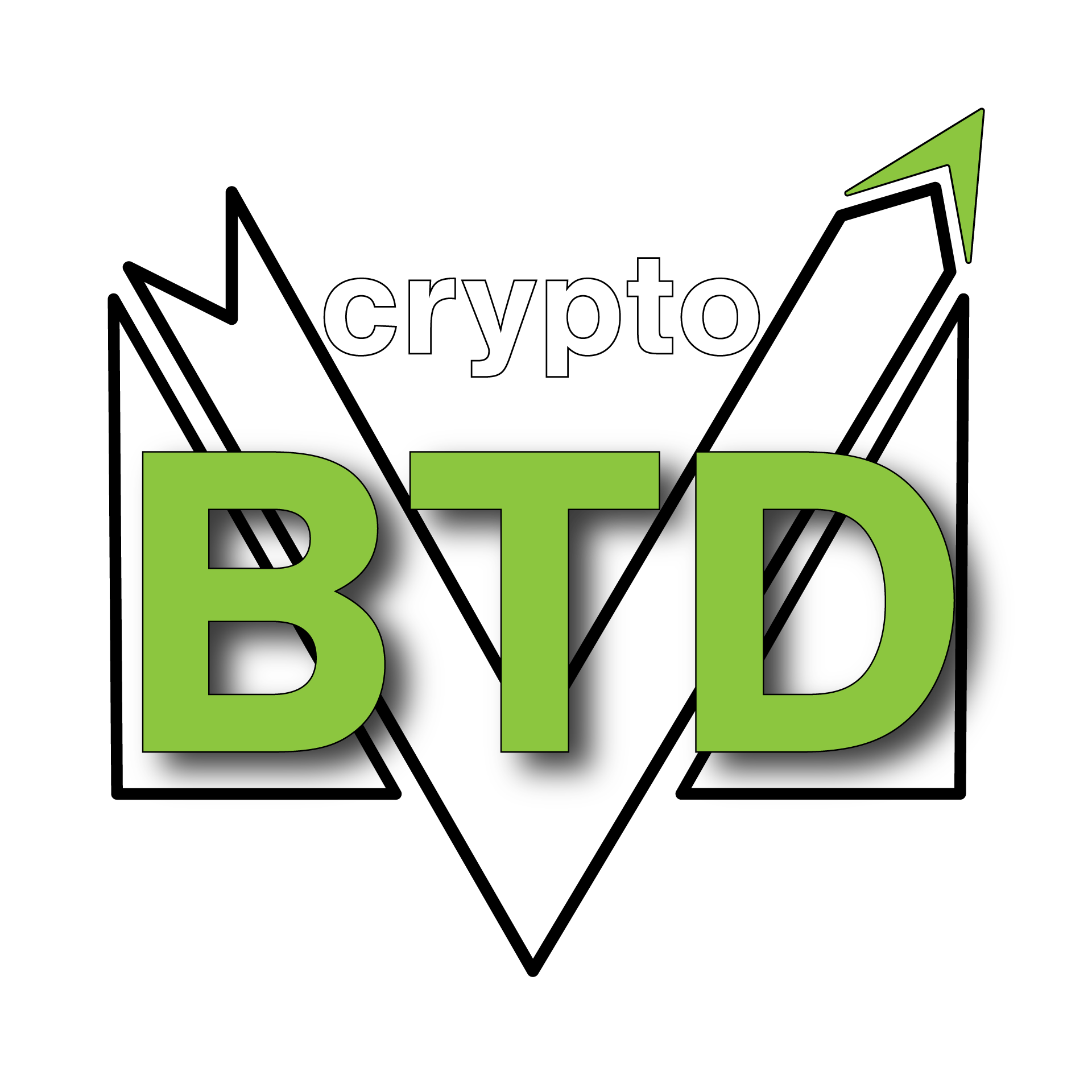
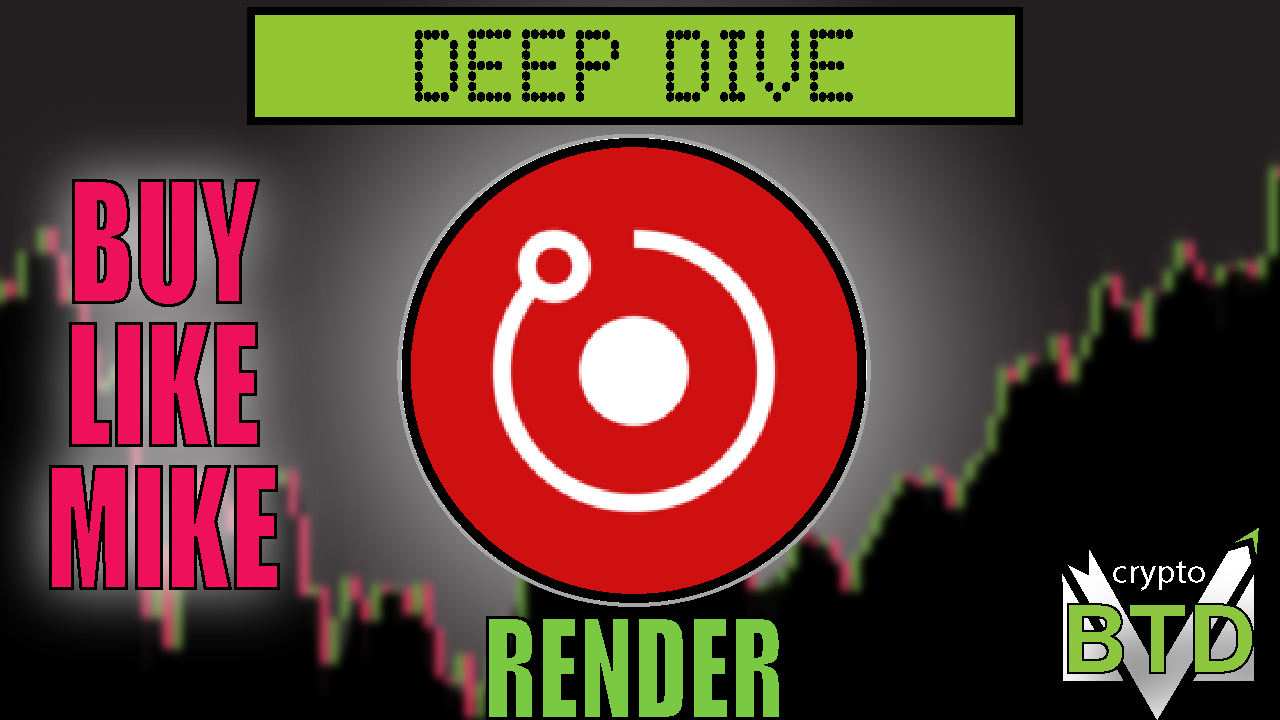
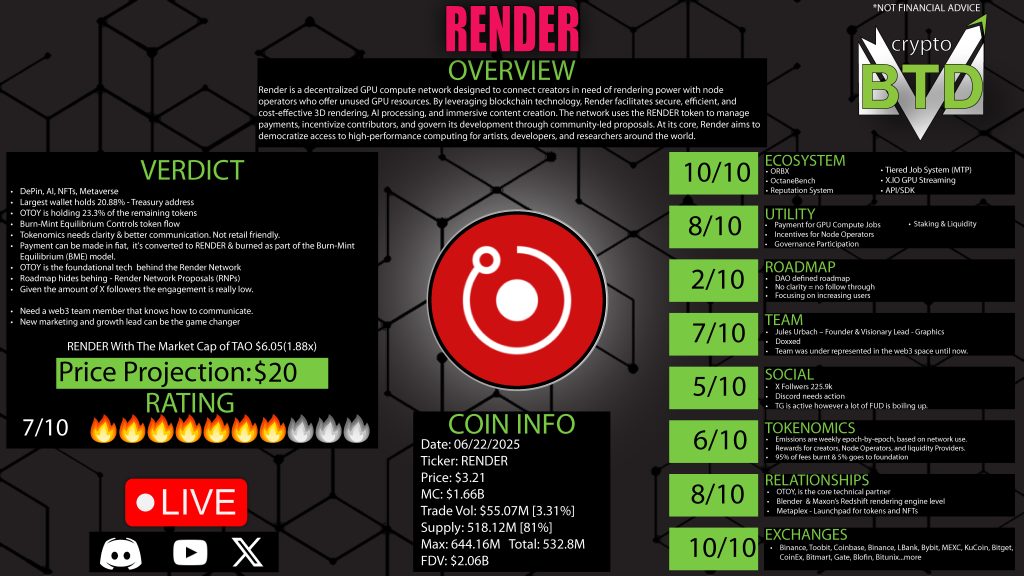
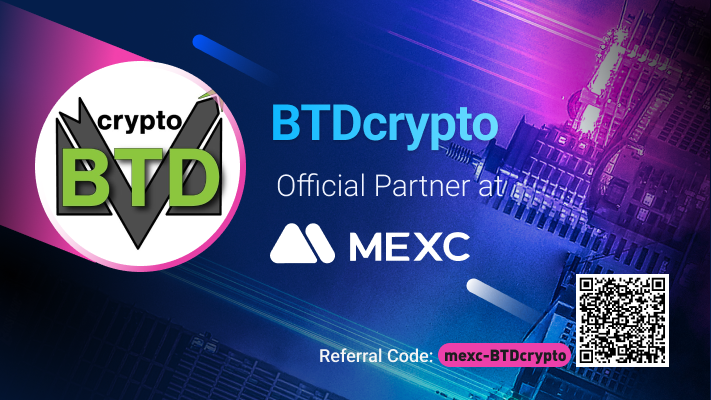
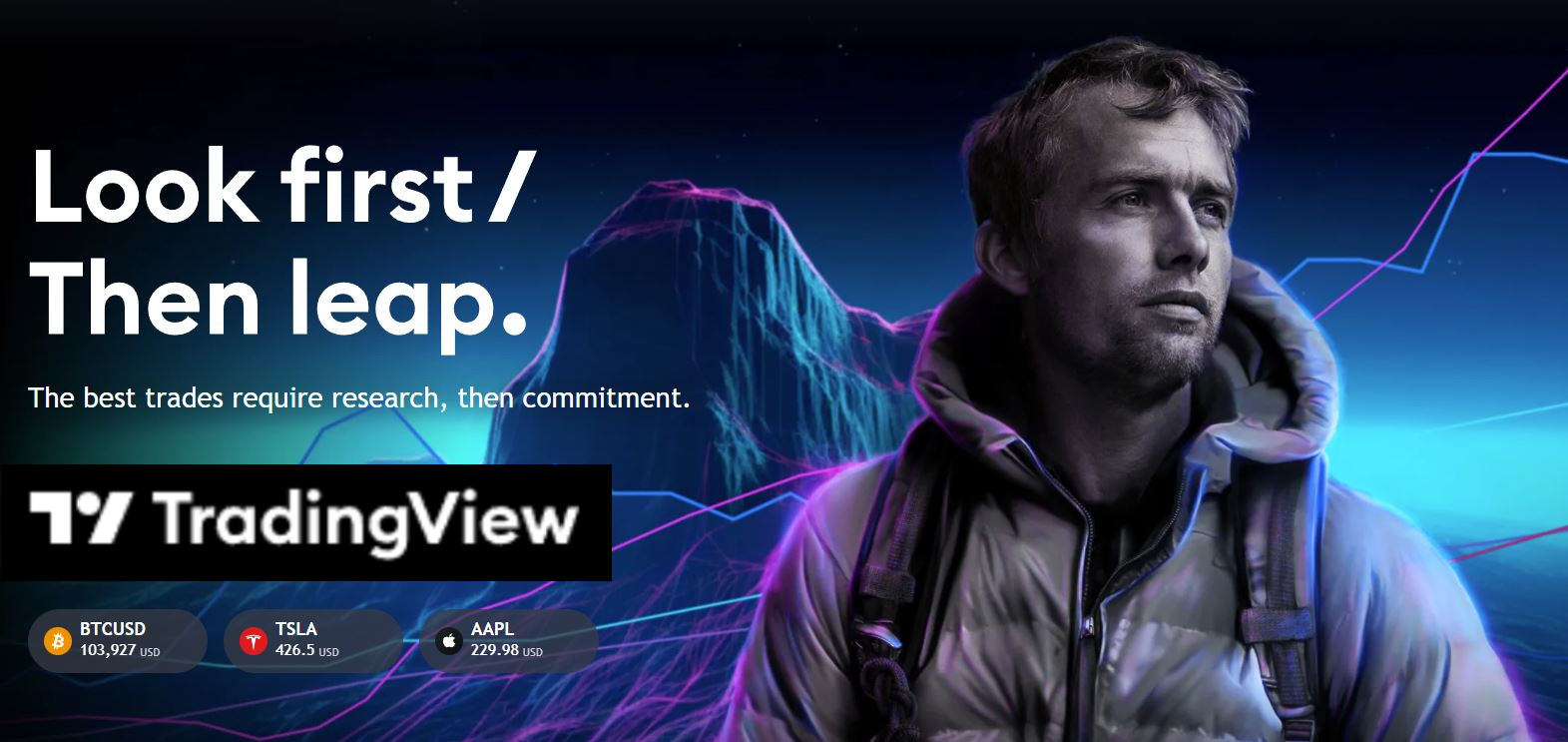
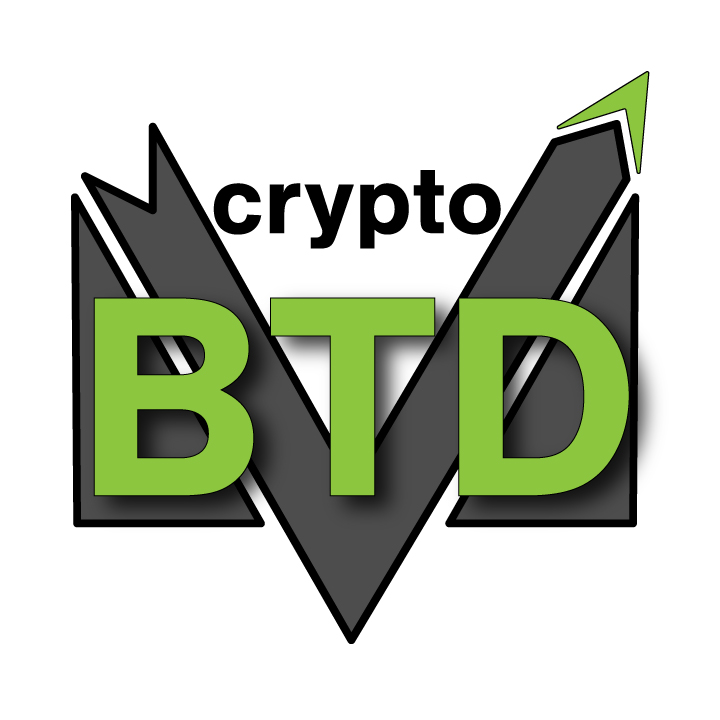
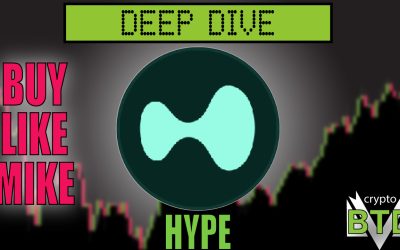
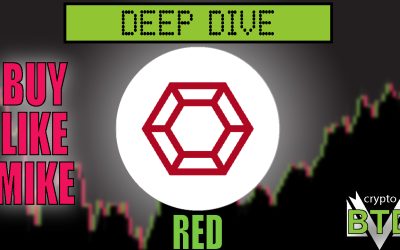
0 Comments